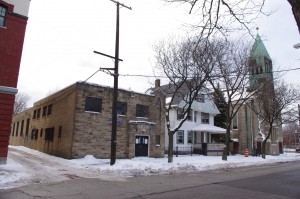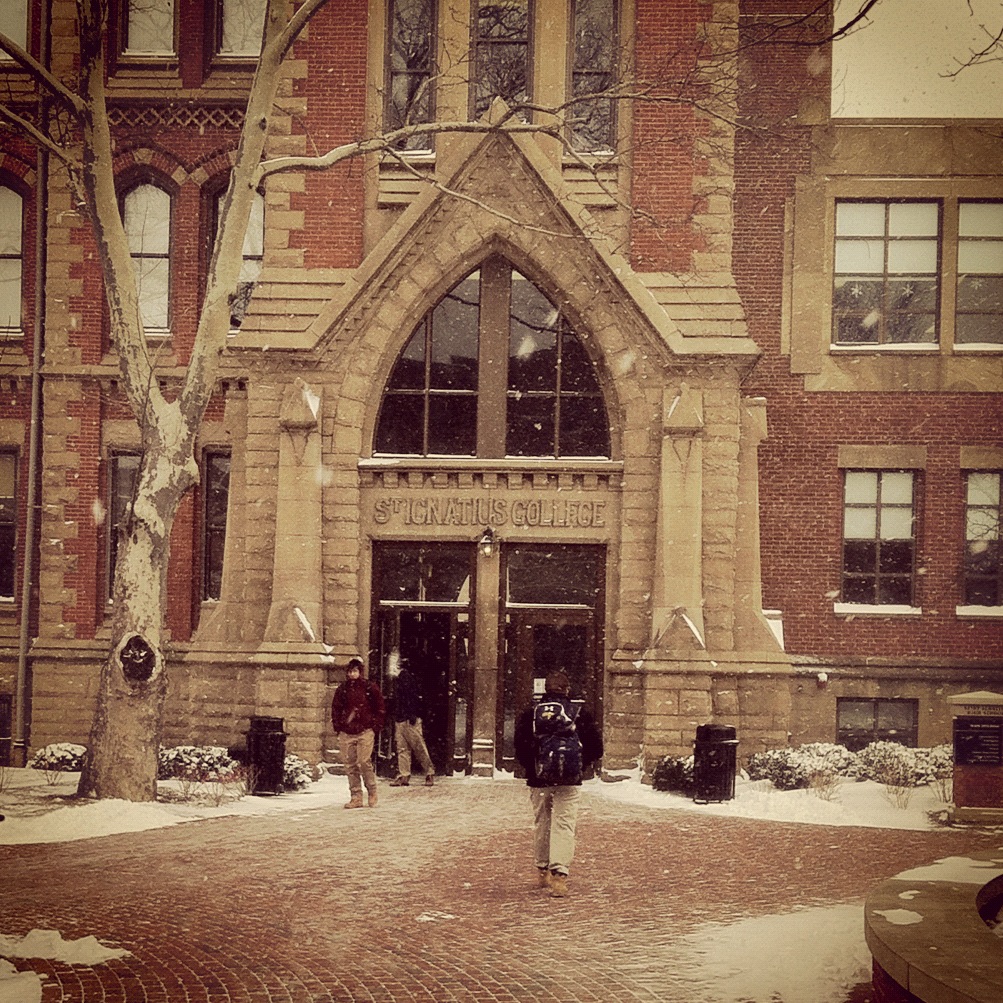by Dominic Gideon ’14
What would it be like to do algebraic equations in Mr. Skerl’s room? Or walk out of Morality class and be looking down into the library? Or actually enjoy a summer reading book?
Well within the next several years students may find out what those will truly be like.
New Summer Reading Program to be implemented for 2013-2014
Friday, at the faculty in-service, it was announced that the school is implementing an innovative summer reading program that may gain much popularity compared to the traditional style. Also in the discussion phase is a plan to alter the placement of department locations on campus.
Created by English Department Chair Mr. Strauss and a committee of faculty members, this program alters the traditional way summer reading is assigned. Rather than having Departments assign a book to all students in a grade level, individual teachers will sponsor a book, creating a long list of possible summer reading options for students. Students then will be able to choose a book that interests them from this list. According to Mr. Strauss, “[The faculty, staff, and administration] will have the opportunity in the fall to meet with the students, discuss the book, and assess whether the students completed the reading or not.” The book leader can also set up Haiku pages or send emails to their students to interact with the students before meeting up with them.
This new program will certainly create interest among students. Rather than being forced to read specific books, they will have the ability to choose the most attractive book out of a vast variety. This program will represent many different interests, for example those who like math and science. “There are guys in the school who are math and science minded guys who definitely would be interested in the book a math teacher would pick,” said Math Department Chair Mr. Sabol.
This program will not only make students more inclined to read, but will help them connect with teachers in a way other than in the classroom. “I think that’s one of the goals of the program too,” Mr. Sabol said. “To help students realize that for one thing, your teacher has a lot more to them than what they teach in class and they have interests that don’t always come out in class.”
Department locations may change
Another change being discussed is the possibility of changing the location of departments on our campus. There are a couple reasons for considering a department switch, the first being to maximize classroom space. The theology department, for example, is very cramped. “We definitely need more classrooms,” said Mr. McLaughlin, the head of the theology department. “We have twelve people in our department and only have seven classrooms on our floor; and we’ve got two teachers currently who are teaching at the basement of the chapel, so there’s a lot of overlapping.”
Principal Bradesca is a big proponent of the department switches. “The idea is that if you make classrooms more utilitarian,” he said, “then more teachers and students can use them; and as a result, scheduling becomes easier.” A good way to do that is to switch the departments around.
A key piece of the classroom puzzle is the Loyola Hall renovation, although it may take about five to ten years until this big task will be undertaken. As one of the oldest buildings on campus, Loyola Hall will likely be gutted–floors and all–before being reconfigured to suit school needs.

Another idea to fix the problem with classroom availability is to create a few classrooms in some of the recently acquired buildings on West 32nd Street, including the church. Although the old San Juan Bautista Church is a landmark, the school plans on renovating the building while keeping the exterior completely intact. While its future use has not been determined, this could be another piece to the classroom space puzzle.
The other reason for the department swap is to start some interdepartmental collaboration. Relocating departments could place math classes closer to science classes and humanities courses closer together as well. Mr. Sabol likes the idea. “It’d be nice to see collaboration between the [math and science] departments,” he said. “We don’t look at each other as a resource enough.”
With the exception of the History and English collaboration in the Streicher Program, the school does not do too well integrating different classes. “Ever since I’ve been here people have been talking about how we’re too departmentalized,” said Mr. Bradesca. A big change in department location would encourage more collaboration, which Mr. Bradesca has been pushing for since he became principal.
But even with the great advantages of the switch, it will be hard for many of the teachers to move out of the classrooms in which they’ve been so accustomed to working. Teachers like Mr. Howard or Mr. Evans would have a hard transfer with their classrooms adorned many years worth of artifacts. Many other teachers will have a difficult transition, like Mr. McLaughlin. “[Loyola Hall] has been our home,” he said, “[but] ultimately what matters most is that the students have a strong, meaningful experience in the classroom.”
These plans aren’t 100% certain; and if they do occur the teachers who would be affected will have some time until the changes would happen. The reading program, however, will definitely go into effect this summer.






